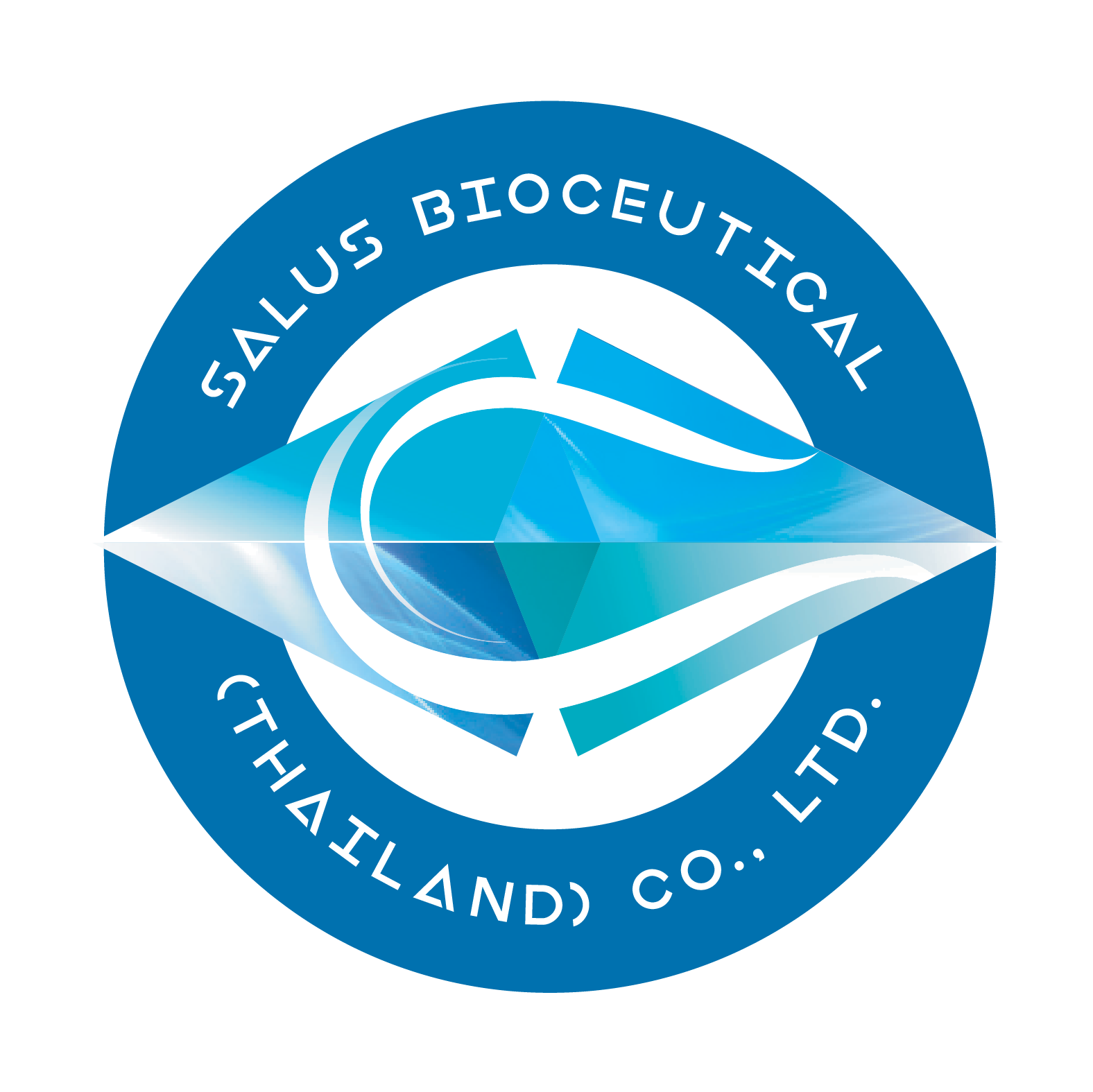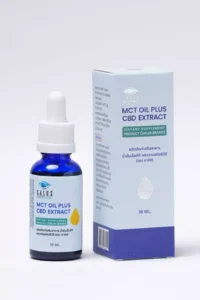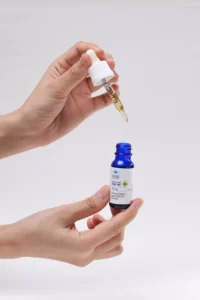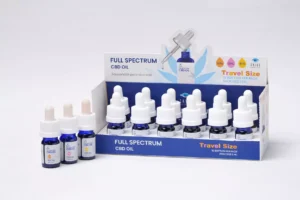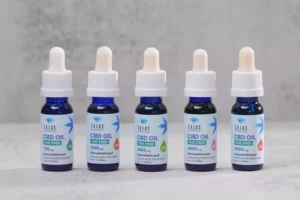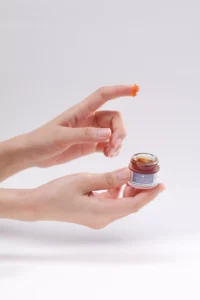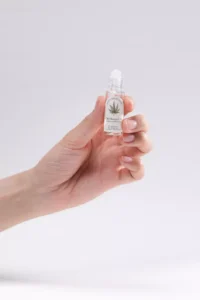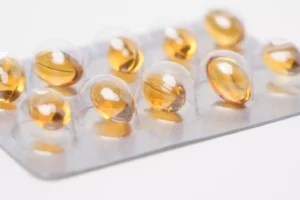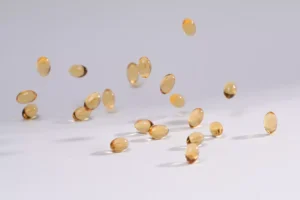Cannabis produces variety compounds known as cannabinoids, many of which have not been detected in any other species of plants. It is difficult to know the precise number because most cannabinoids are present at very low levels, especially in commercial cannabis products, making it difficult for scientists to accurately detect them. The important point is that there are many. Let’s take a closer look at some of the major cannabinoids that can be found in cannabis products.
Typically, major cannabinoids within the plant are synthesized in an acid form. These major acidic cannabinoids include Δ9-tetrahydrocannabinolic acid (THCA) and cannabidiolic acid (CBDA) which are activated through a decarboxylation reaction using heat to yield most consumer compounds (THC and CBD). In addition to THCA and CBDA, there are number of related minor cannabinoid acids produced by cannabis including: cannabigerolic acid (CBGA); cannabichromenenic acid (CBCA); cannabigerovarinic acid (CBGVA); tetrahydrocanabivarinic acid (THCVA); cannabidivarinic acid (CBDVA); and cannabichromevarinic acid (CBCVA)
The CBGA and CBGVA from the cannabinoid precursors yield the cannabinoid acids via the biosynthetic pathway (Figure 1). CBGA is the starting compound that enzymes in the plant use to make the other three (THCA, CBDA, and CBCA). In addition to these, there are an equal number of corresponding four compounds with slightly shorter chemical structures: CBGVA, THCVA, CBDVA, and CBCVA. Many cannabinoid acids have antibiotic or insecticidal properties. This is likely related to the reason that cannabis produces these compounds in the first place: to defend itself. When cannabinoid acids are exposed to enough heat, they release CO2 from their molecule chain and turn into neutral forms.
Only two cannabinoids namely THC and THCV are intoxicating on their own. However, like most other cannabinoids, THCV is usually not present in significant quantities in commercial strains and cannabis products. While most plant cannabinoids are not intoxicating themselves, their presence can influence how THC affects you. The best example of this comes from CBD.
Even though it wouldn’t get you high by itself, it influences the way that THC interacts with the CB1 receptors in your endocannabinoid system, and can therefore influence exactly how a cannabis product will affect the body. THCV may also influence THC’s effects. At relatively low doses, THCV appears to diminish THC’s ability to activate CB1 receptors, like CBD. However, at relatively high doses, THCV may start to activate CB1 receptors,
like THC. The exact dose consuming could greatly influence how a compound affects to the body. Since THCV and the other, lesser-known cannabinoids are generally less abundant in cannabis, they have also been studied much less. There’s a lot more for us to learn about their effects in humans.
Moreover, THC could be turn into cannabinol (CBN) leading to the breaking down of producing THC . This is why older flower products will tend to have more CBN, especially when not properly stored. With time and exposure to oxygen, the oxidation reaction normally occurs. CBN has been observed to result in greater sedation when combined with THC, and may also have anticonvulsant (anti-seizure), anti-inflammatory, and antibiotic properties.
Reference
- Hanuš, L. O.; Meyer, S. M.; Muñoz, E.; Taglialatela-Scafati, O.; Appendino, G., Phytocannabinoids: a unified critical inventory. Natural product reports 2016, 33 (12), 1357-1392.
- Backes, M., Cannabis pharmacy: the practical guide to medical marijuana: Revised and Updated. Hachette UK: 2017.
- Russo, E. B., Beyond cannabis: Plants and the endocannabinoid system. Trends in Pharmacological Sciences 2016, 37 (7), 594-605.

